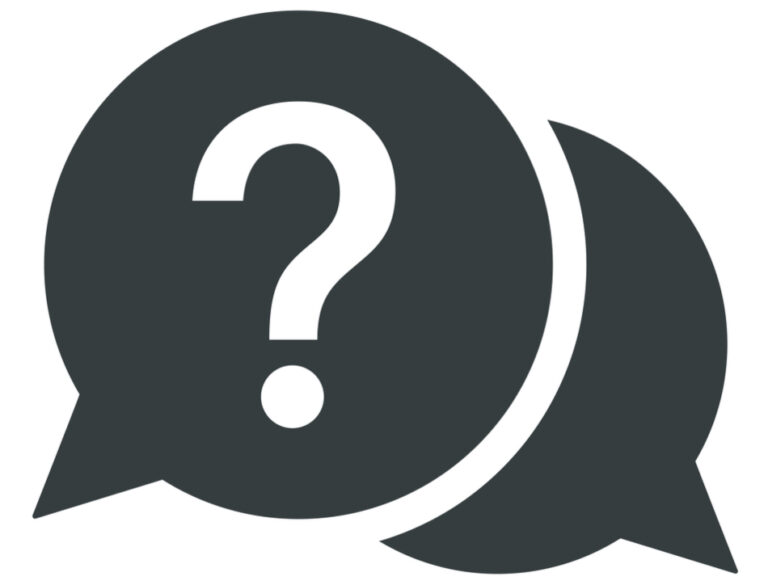Authors should submit Cover letter along with Article
Have you gone through the guidelines prior to submitting your manuscript

We welcome submissions that adhere to the following guidelines to ensure the quality and integrity of the publication process.
1. Originality and Exclusivity
Submissions must be original, unpublished work and should not be under consideration by any other publication.
Authors must confirm that the work complies with ethical research practices and has obtained relevant permissions or approvals, where applicable.
2. Manuscript Preparation
Length: Manuscripts should not exceed 30 pages, including figures, tables, and references.
Title: The title should be a clear, scientifically accurate sentence not exceeding 20 words. It should succinctly describe the article’s main message and avoid puns or idioms.
Abstract: Provide a concise abstract of up to 300 words summarizing the objectives, methods, key findings, and conclusions.
Figures and Legends: Each figure should have a legend not exceeding 250 words. Ensure figures are high-quality and relevant.
Tables: Tables should be clear, concise, and limited to one page.
Foot notes: Footnotes are not allowed; include additional information in the main text or appendices.
3. References
The number of references should be appropriate to the article type and content. While we recommend a maximum of 50 references, exceptions may be made for systematic reviews or articles requiring extensive citation.
4. Author Information
Include complete affiliations for all authors, which must include:
Full name
Department
Institution/University
Country
Full postal address
Email address of the corresponding author
5. Cover Letter
Submissions must be accompanied by a cover letter that includes:
A brief explanation of the article’s significance and its relevance to the journal’s scope.
A statement confirming the originality and exclusivity of the submission.
Any declarations regarding conflicts of interest, funding sources, or ethical approvals.
6. Submission Requirements
All manuscripts must be submitted in electronic format (e.g., Word or PDF) via the journal’s online submission system or email at editor@nexavens.com
Abstract
Write a clear, concise summary of the manuscript’s objectives, methods, key findings, and implications. Avoid references, tables, or figures in the abstract. Use an unstructured format with no headings or subheadings.
Keywords
Include up to six relevant keywords or phrases for indexing. Ensure that the keywords accurately represent the main themes of the manuscript.
Manuscript Structure
The manuscript should adhere to the following structure:
Title Page
Provide the full title of the manuscript. List the full names of all authors along with their affiliations. Indicate the corresponding author with an asterisk (*) and provide their email address.
Main Text
Organize the manuscript into the following sections:
1. Introduction
Present the background, significance, and objectives of the research. Include a concise review of relevant literature to contextualize the study.
2. Materials and Methods
Detail all materials, reagents, and experimental procedures used in the study to ensure reproducibility. Include: Sources for critical reagents, instruments, or kits, if relevant. Comprehensive descriptions of new methodologies or protocols. A statement of ethical approval for research involving humans, human samples, or live animals. Safety risks associated with reagents, instruments, or procedures.
3. Results
Present findings clearly and concisely. Use tables, graphs, or figures where applicable, ensuring that text does not duplicate the data in these visuals.
4. Discussion
Interpret the results in the context of the study’s objectives and existing literature. Highlight the limitations of the study and discuss its broader implications.
5. Conclusion
Provide a succinct summary of the key findings. Discuss the relevance and potential applications of the research outcomes.
References
Use Vancouver Style for citations. Cite references in the text using square brackets (e.g., [1]). Include a complete reference list at the end of the manuscript with active links where available.
Example:
Carswell EA, Old LJ, Kassel RL, et al. An endotoxin induced serum factor that produces necrosis in tumors. Proc Natl Acad Sci U S A. 1975;72(9):3666–3670. doi: 10.1073/pnas.72.9.3666.
Acknowledgements (Optional)
Supplementary Material (Optional)
General Notes
Follow ethical guidelines for transparency and reproducibility of research
Open Access Statement
NexAvens Scientific Library is committed to the principles of Open Access and the unrestricted dissemination of research. All articles published in our journals are made freely and permanently available online immediately upon publication, without any embargo period.
NexAvens Scientific Library is a fully open-access publishing group.
Benefits of Open Access
Publishing under an open access model provides numerous advantages for authors and readers:
By adhering to open access principles, NexAvens Scientific Library ensures that research is widely disseminated and readily available to all, promoting the free exchange of knowledge and innovation.
NexAvens Scientific Library is dedicated to publishing high-quality, open-access journals, ensuring unrestricted global access to scholarly research. Under the terms of the Creative Commons Attribution 4.0 International License (CC BY 4.0), published articles can be freely accessed, downloaded, and distributed, provided proper attribution is given to the original work.
Article Processing Charges (APC)
To support the publication and accessibility of high-quality research, NexAvens Scientific Library applies a one-time Article Processing Charge (APC) of $489 upon manuscript acceptance. This fee covers:
Waiver Policy:
To support authors from low-income countries as classified by the World Bank, we offer a 30% waiver on the APC.
Waiver requests must be submitted during the manuscript submission process. To apply for a waiver, authors should send a formal email to info@nexavens.com at the time of submission.
Withdrawal Policy:
Authors may withdraw their manuscript free of charge within one week of submission.
After acceptance, a withdrawal fee equivalent to 20% of the APC will be applied to cover processing expenses.
In this cover letter, you should include: